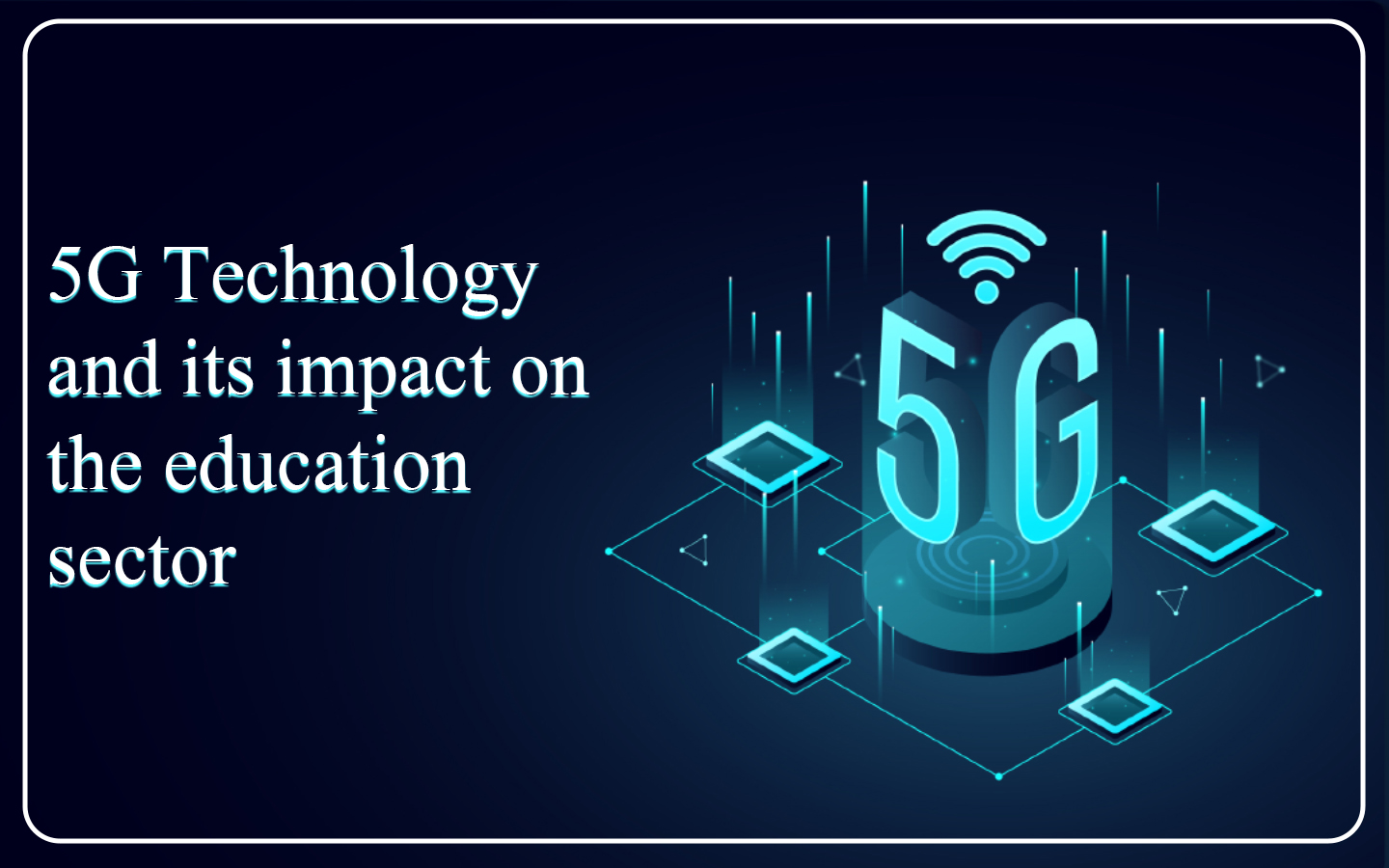5G Technology and its impact on the education sector
5G or fifth generation is the latest upgrade in the long-term evolution (LTE) mobile broadband networks. It will increase the speed and responsiveness of wireless networks to a great extent. Initial trials for this new technology have commenced in many countries worldwide. 5G networks are primarily 100 times faster than the current 4G network. It is presumed to have an enormous impact on all sectors of the economy, be it the healthcare sector, the education sector, the manufacturing sector, the communication sector, and the retail sector. According to a study conducted by Ericsson’s Mobility Report, the number of 5G subscriptions will bypass the 1 billion mark, and 5G will cover 20% of the global population by 2023. It showcases the kind of penetration this new technology will have in India and the entire world.
Let us see what impact 5G technology will have on India’s education sector.
5G can offer remote-learning opportunities
Covid-19 and the resulting lockdown have had one of the most significant effects on the education sector. It has entirely changed how classroom teaching takes place. It introduced online teaching, a relatively new trend, especially for developing and underdeveloped countries where there is no fast internet connectivity. 5G, with its tremendous speed, will make learning more accessible, appealing, and engaging.
5G will pace up online education
Online education involves the use of live streaming, online lectures, and watching videos. It requires fast internet connectivity. A slow connection will hamper the learning process leaving both students and teachers dissatisfied.
With the help of the 5G technology, watching and downloading videos will be quicker. It will be soon before one can download a video in seconds! So, 5G technology will make online education accessible, convenient, and hassle-free.
Virtual Reality (VR) and Augmented Reality (AR)
4G technology is known to have struggled when using Virtual and Augmented Reality. 5G, with its fantastic speed, will make both virtual and augmented reality possible. Virtual Reality will enable hands-on-experience and make the learning process more exciting and innovative.
Augmented Reality gives specified digital elements to live view. It can be an effective manner to disseminate the right information at the right time to the right audience. Augmented Reality helps learners to acquire, process, and remember information efficiently.
Both these technologies need fast internet connectivity and a smartphone. The virtual presence of learners in virtual and augmented reality will be completely transforming learning, making it appealing, innovative, and engaging.
Personalised and flexible learning
5G technology will help in increasing individual student’s grip over education. With high-speed internet speed, students can access educational resources at their comfort and location. Since the learning aptitude of every student is unique. 5G technology will help the students access the same information multiple times to grasp the topic better. For instance, a student can watch a complex mathematical sum video multiple times till they are proficient in it. But one cannot afford that luxury in a live class.
Quicker access to cloud-based data
Cloud-based data storage helps store unlimited data of educational institutions in a single platform, be it students’ records, institute’s official records. However, accessing the data with the current 4G technology can be a slow and tedious process. 5G technology can be a game-changer in this field. It will help in accessing the data anywhere using distributed cloud and mobile edge computing. So, anyone can work according to their convenience and time.
Students with special needs can learn better
Classroom teaching can be a challenge for students with learning difficulties or special needs. They need more assistance than their peers. But the advent of 5G will undoubtedly be a great help for these exceptional students. Thanks to 5G, robot apps can be implemented within the classroom, which is very responsive and helps students with special needs have a decent learning experience.
It is believed that India’s digital economy has the potential to reach USD 1 trillion by the year 2025, driven by increased internet proliferation, growth of mobile data, and growth of social media. 5G technology can usher in a new era in India’s education sector. 5G network will help India move towards Sustainable Development Goal (SDG) 4- ‘to ensure an inclusive and equitable quality education environment and promote lifelong learning opportunities for all.’ Many women and disadvantaged sections of society lack educational opportunities in India. These opportunities can be due to lack of infrastructural hurdles, economic power to afford education, or the lack of education itself. 5G, with its potential to boost online learning, can provide a new leash for many of the disadvantaged sections of society to access and continue learning beyond the classroom’s four walls.














